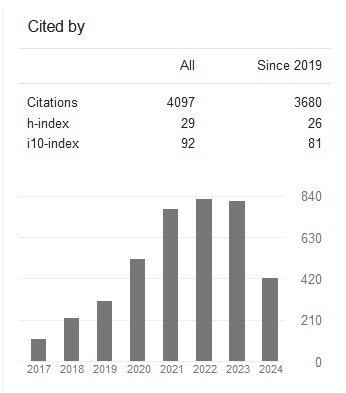Improving Transient Stability of the Nigerian 330kv Transmission System on Ajaokuta - Benin Transmission Line with the help of artificial Neural Network (ANN) based VSC high Voltage direct current method( Vol-6,Issue-2,February - February 2020 ) |
|
Author(s): Okolo C. C, Ezechukwu O. A, Enemuo F. O, Anazia A. E, Onuegbu J. O |
|
Keywords: |
|
|
buses, converter, stability, transient, transmission. |
|
Abstract: |
|
|
Enhancement of the dynamic response of generators, within a power system, when subjected to various disturbances, has been a major challenge to power system researchers and engineers for the past decades. This work presents the application of intelligent Voltage Source Converter – High Voltage Direct Current (VSC-HVDC) for improvement of the transient stability of the Nigeria 330kV transmission system which is used as the case study network in this work. First, the current transient stability situation of the grid was established by observing the dynamic response of the generators in the Nigeria 330-kV grid/network when a balanced three-phase fault was applied to some critical buses and lines of the transmission network. These critical buses were determined through the eigenvalue analysis of the system buses. The result obtained clearly show that there exist critical buses such as Ajaokuta and critical transmission line such Ajaokuta - Benin Transmission line within the network. The results also revealed that the system losses synchronism when a balanced three-phase fault was applied to these identified critical buses and lines. The results further indicated that the Nigeria 330-kV transmission network is on a red-alert, which requires urgent control measures with the aim of enhancing the stability margin of the network to avoid system collapse. To this effect, VSC-HVDC was installed in addition to those critical lines. The inverter and the converter parameters of the HVDC were controlled by the artificial neural network. The results obtained showed that 42.86% transient stability improvement was achieved when the HVDC was controlled with the artificial neural network when compared to the PI controllers in the Nigeria 330-kV grid/network. |
|
Cite This Article: |
|
| Show All (MLA | APA | Chicago | Harvard | IEEE | Bibtex) | |
Share: |
|

 DOI:
DOI: 



























